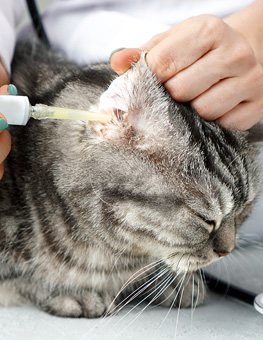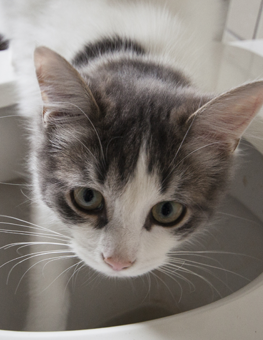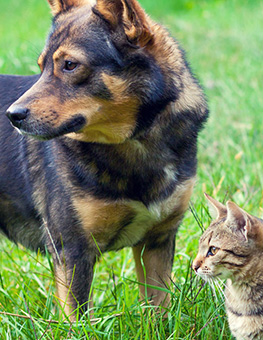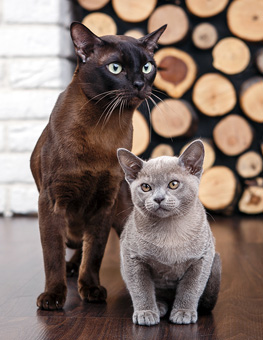Michael Rosen - Start Off on the Right Paw
As a family, you should decide on what behaviors you expect from your dog. In each and every situation.
We're happy to present our second guest blog post from Michael J Rosen, author of Kids' Best Dog Book, and dubbed a "fidosopher" by The Washington Post. This time he offers Tips for families, especially those who have a new dog in the pack.
You make the choices:
As a family, you should decide on what behaviors you expect from your dog. In each and every situation. You decide how guests should be greeted at the door, how much pulling there should be on the leash, and where the dog is allowed to sleep. You decide if the dog is or isn't allowed in the creek or the room with the new furniture or the garden. When you don't make the decisions, the dog does. And either you go along with them, or you now have a "problem" to solve.
Prepare the way for success:
Just as you'd take along coloring books for a youngster who has to sit at a table while adults visited, or pack a DVD player for a long car ride, think of what a dog would do for similar extended periods. What will engage the dog while you're eating? What will the dog be able to do in the living room, while you're studying or visiting friends? If you don't show a dog what he can do, he might invent things that are great with him (chewing furniture legs, shredding books), but maybe not so great for you. Think of your home, and prepare each room so your dog can do just those things you find acceptable. Provide him a stuffed hollow toy to chew. Train your dog that a blanket means an acceptable place to sleep. Use an indoor leash for quiet time. Exercise the dog ahead of time so that settling into a nap on his blanket is the perfect option.
Prevent problems, rather than solve them:
So many common problems can be anticipated, and therefore avoided. Dogs can't get into the trash, if it's not available. A dog can't jump on someone, if you stand on his indoor leash. Shoes in the closet aren't likely to be selected as a chew toy. Just as you've thought through what your dog can do in each room, remove any possible troubles. If you know you dog likes to snatch the cat's food, take measures to prevent that situation. (If it happens again, you can't be surprised (except by your lapse.) If coming in the house with muddy paws is a problem, teach your dog to sit at the unopened door. (Ideally, use the same door to make the routine clear.) Teach him to let you wipe each paw with a towel. Reward that behavior, and then let the dog inside.
Think of it this way: You want your dog to succeed. All the time. What can you do so that you can praise your dog for doing something right rather than scold your dog for doing something wrong? A simple example: Instead of using a negative voice to command, "No jumping!" use a positive command, "[your dog's name], sit," and then a reinforcing voice when your dog obeys. Turn an undesirable behavior into a desired one. You're luring your dog toward those actions that bring rewards-the greatest reward being, more time in your company.
Simplify your complicated world:
A dog's world is pretty simple. (Your family's is probably not.) A dog is most content with a predictable routine. Now we walk, now we play, now I snooze in my crate, now I eat, etc. Dogs like to predict things, too. What unnerves them is when they don't know what to do, or, when what they do elicits unexpected responses. Many dogs exhibit neurotic or destructive behaviors when they don't experience the familiarity, repetition, comfort, and confidence that come from the routines of pack life. Do whatever you can to reinforce the dog's understanding of his circumstances.
Don't give the dog the whole world at once:
Continuing the previous idea, introduce the dog to your world gradually. Don't let him loose in all the rooms of the house. Wait before you subject your dog to car rides, guest's houses, dog parks. Use training to build that bond that will help your dog encounter new situations. Build that trust to provide security and calm in new experiences. Likewise, the training will keep him safe.
Allow your dog to master a behavior "settling down, for instance" in one part of the house. Then apply that ability in another room. Teach your dog to walk reliably on a leash in circumstances that offer few distractions, and then test that skill in more challenging areas. (Again, match your dog's learning to a situation with just enough novelty so that he can succeed again. Take a step backwards to a previously successful situation if your dog doesn't do what expected. You want to praise successes, rather than perpetuate frustration.)
Michael J. Rosen (www.fidosopher.com) is the author of more than 80 books for kids and adults including the recently published MY DOG! A Kid's Guide to Keeping a Happy & Health Pet.



















